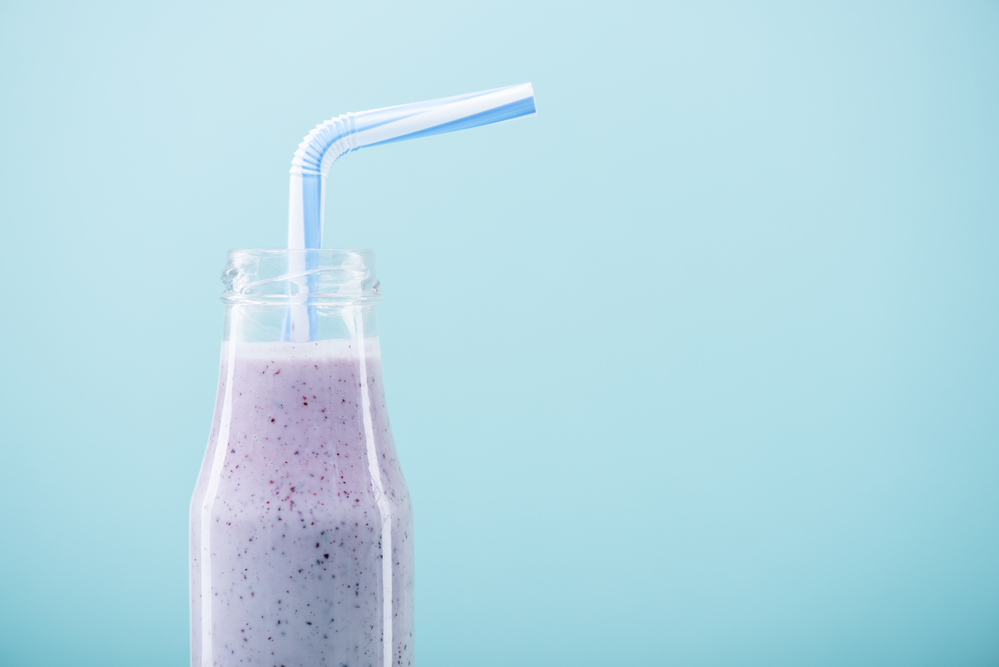

Lifting liquids directly to your lips is so 5,000 years ago. We’ve got spoons now, baby, and straws galore. But in a world where personal convenience comes with serious consequences, hitting and quitting a single-use plastic straw doesn’t always feel right. If you’re in the market for your first reusable straw (and don’t want to lose your life to a replacement utensil like this unfortunate English woman did), here’s what you’ll need to noodle on:
Paper straws
The first drinking straws were made from paraffin wax-coated Manila paper. Sold by inventor Marvin Stone, who filed the first patent for a straw in 1888, they offered a factory-made alternative to the hand-cut ryegrass or reed slurpers commonly relied on at the time.
There was only one (very persistent) problem: paper straws wilt. It’s all fun and games until you’re on the wrong side of a flaccid cylinder, unable to suction your mint julep past the moist warp of the cardboard. 130 years of innovation later, and the solution still eludes us.
Plastic straws
By the 1960s, there really was only one word, and it really was plastics. As wartime investment in polymer science began paying peacetime dividends, the artificial substance was suddenly everywhere. Single-use plastic straws quickly overtook their paper predecessors; they were cheap but durable.
These very same attributes have made straws the target of recent environmental and legal action. Plastic straws are ubiquitous and we’re terrible at recycling them. Like other plastics, they litter the beach and disintegrate in the ocean.
But plastic straws are also an accessibility tool. Hospitals were some of the first bendy straw adopters, because patients liked being able to drink even when they couldn’t sit up or hold onto their glass. Today, they also offer a safe and malleable solution that doesn’t have to be cleaned. A word of advice: Even after you’ve finished this unimpeachable article, you should not tell other people what the best straw is for them.
Metal straws
Stainless steel is currently the most popular plastic alternative. It doesn’t bend or break, and you can clean it with an ultra-thin brush. For sensitive individuals, the straw may get too cold when submerged in icy beverages. But the real trouble is, stainless steel straws impale people. Back in 2016, several kids sustained “laceration injuries” while using Starbucks metal straws, prompting the coffee company to recall 2.5 million of the accidental weapons in the United States alone. And this was just a harbinger of things to come. Coroners in England report a 60-year-old woman died last November when she fell and the straw she was drinking from “penetrated her left eye.”
You’ve been warned. Sip with caution.
Silicon straws
Silicone straws seem to provide the best of both worlds. They’re reusable (keep that brush handy!), neither traitorously weak nor injuriously strong, and come in many colors and sizes. Many brands sell their straws in reusable pouches, all the better for keeping your beverage (and purse) pristine.
Bamboo straws
Marvin Stone wanted to leave ryegrass and reeds behind. But naturalistic design is ascendant and with it, bamboo straws. Not only are they aesthetically appealing, but bamboo’s eco-friendliness is clear. It’s an extremely fast-growing, biodegradable material easily refined into utensils, napkins, and even furniture.
Glass straws
People love their glass straws. Yes, they can shatter. No, they are not portable. But they are easy to clean (the brush is back!), reusable, and they look dang good at a dinner party. Cheers!
Your lips
In times of crisis, remember that you carry the original straw around with you always: your face.
Honorable mentions
Red Vines (or Twizzlers, if you nasty). Pasta. Krazy straws. Spoon straws. Ice straws—yes, they’re real.
The verdict
If you’re able, carrying around your own reusable supplies is the responsible choice—not just to eliminate waste from straws, but from bottles and caps, plastic bags, and take-out containers. Systemic reform is needed to curb the plastic industry’s pollution, but cutting down on your own consumption of single-use plastics is one of the few steps you can take alone. If you’re in the market for a reusable straw and don’t want to worry about your latte getting stabby, a bendable silicone device is probably the way to go.